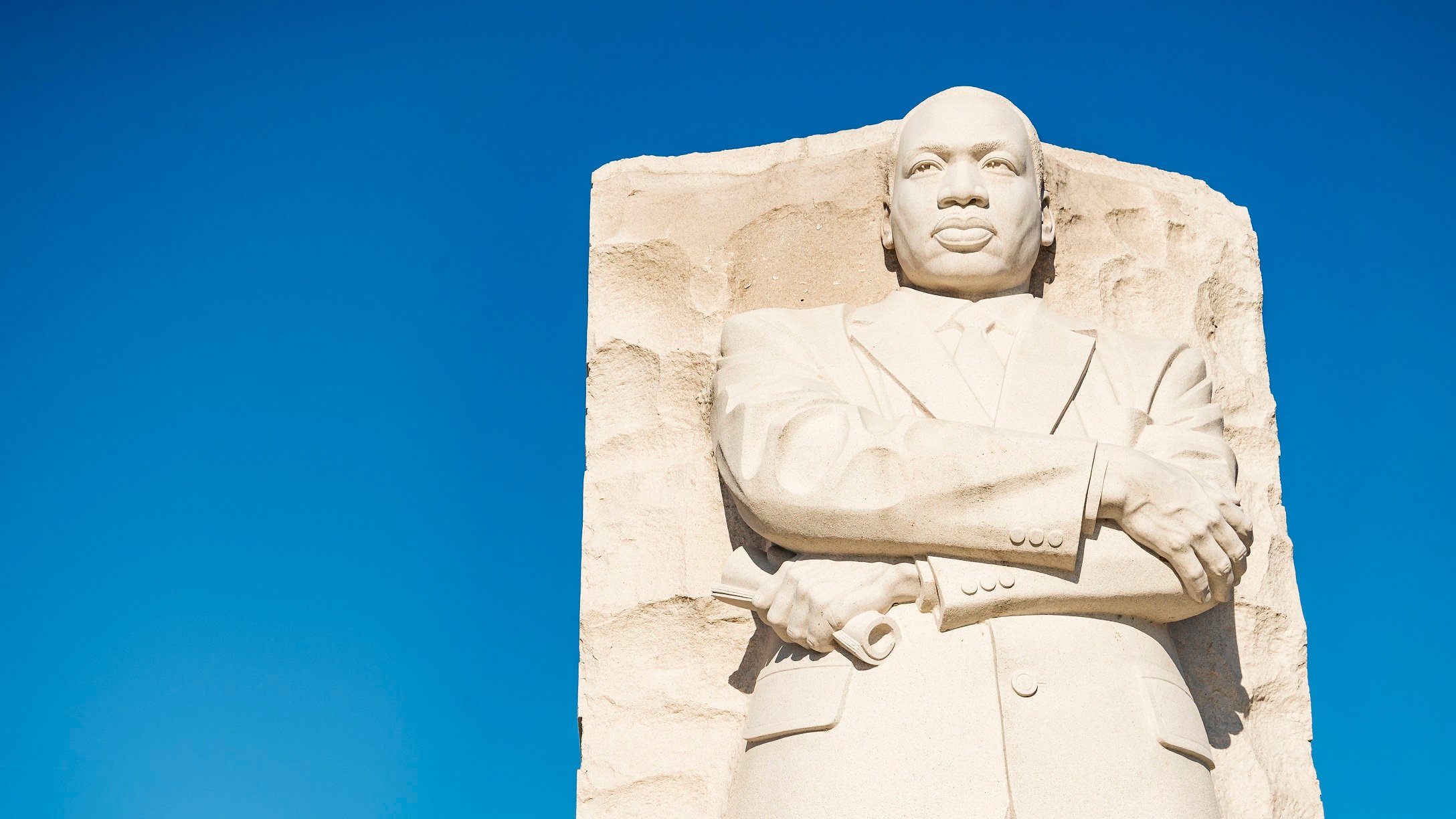
You have the rest of the year to plan for your future, but Black History Month is a time to learn from the past. This month, consider celebrating Black History Month by visiting places that honor significant events and people in African American history. Head out on a weekend road trip with a few stops in mind, or spend a day lingering at one of these remarkable landmarks of black American culture.
Selma to Montgomery Historic Trail
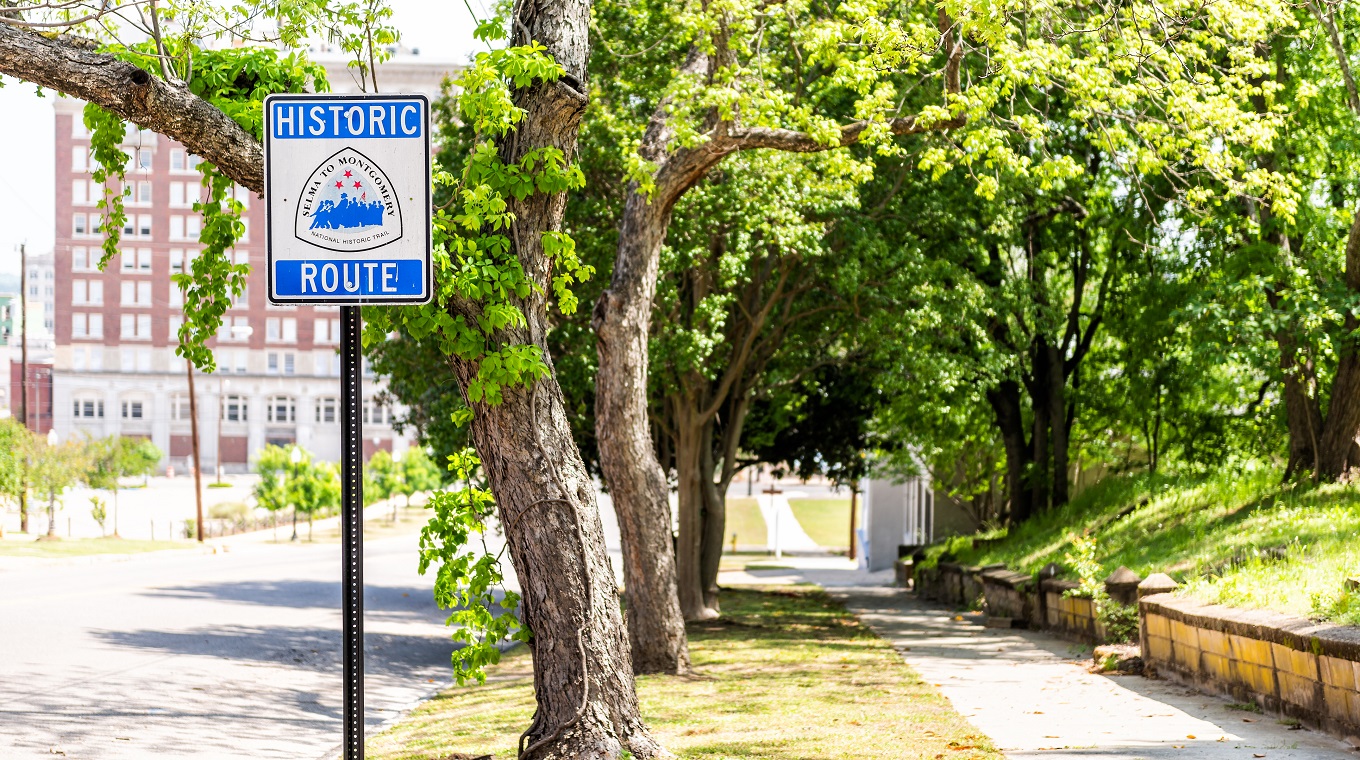
In March of 1965, about 600 nonviolent protesters set out en route from Selma to Montgomery, Alabama. Starting at Brown Chapel AME Church, protesters intended to march over 50 miles to shed light on the extreme suppression of black voters. Though they were met with violence and turned around on two separate dates, by March 21, Dr. Martin Luther King Jr. finally led an estimated 25,000 protesters to Montgomery, prompting President Lyndon B. Johnson to sign the Voting Rights Act months later. Honor the slain, injured, and victims of injustice by following this historic trail during Black History Month.
Martin Luther King Jr. Monument
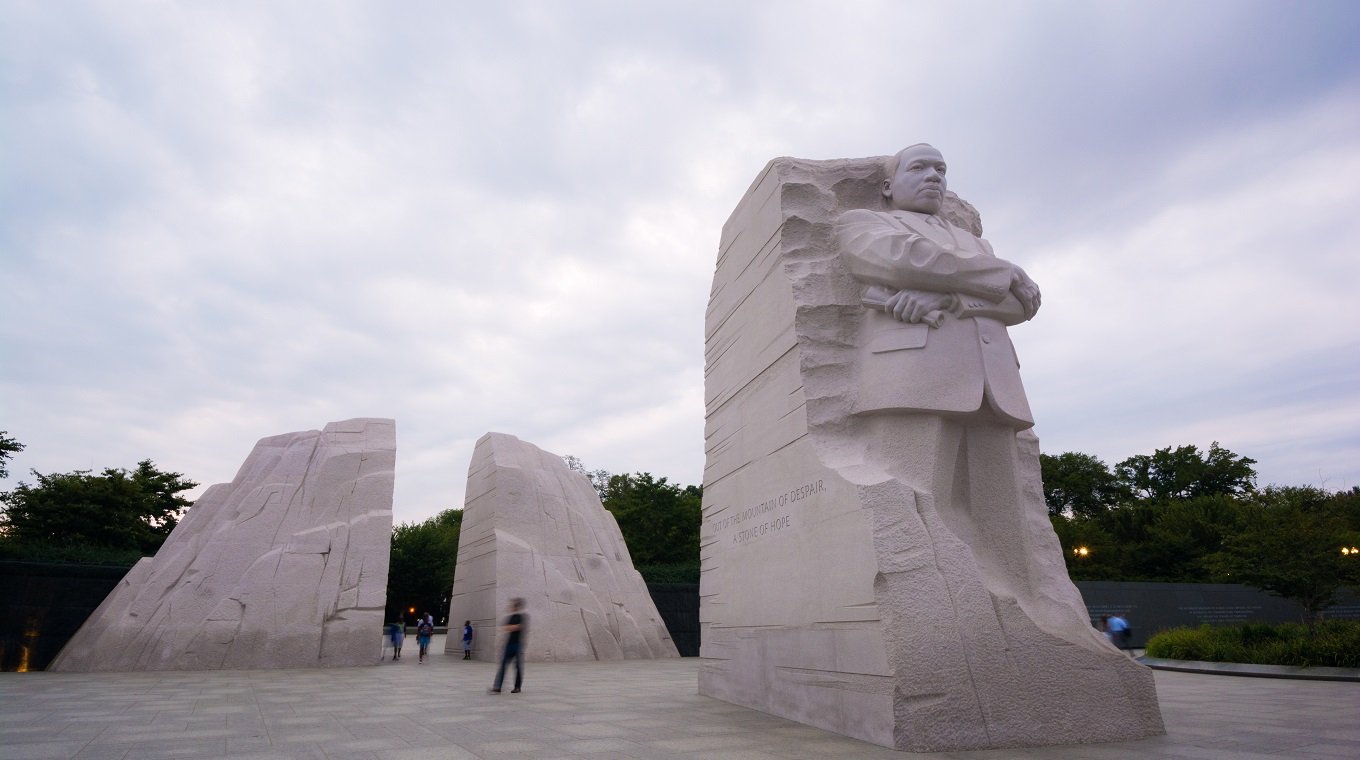
The massive stone-carved monument to Martin Luther King Jr. in Washington, DC, pays homage to one of the greatest leaders of the Civil Rights Movement and American history. Seeming to emerge out of the “Stone of Hope,” a cross-armed likeness of Dr. King stands in Memorial Park, near the Lincoln Memorial, where he gave the unforgettable “I Have a Dream” speech. With profound quotes spoken during his lifetime etched into the surrounding stones, the monument shows how MLK continues to move us with his words and legacy, making this a powerful place to visit during Black History Month.
The National Museum of African American History and Culture
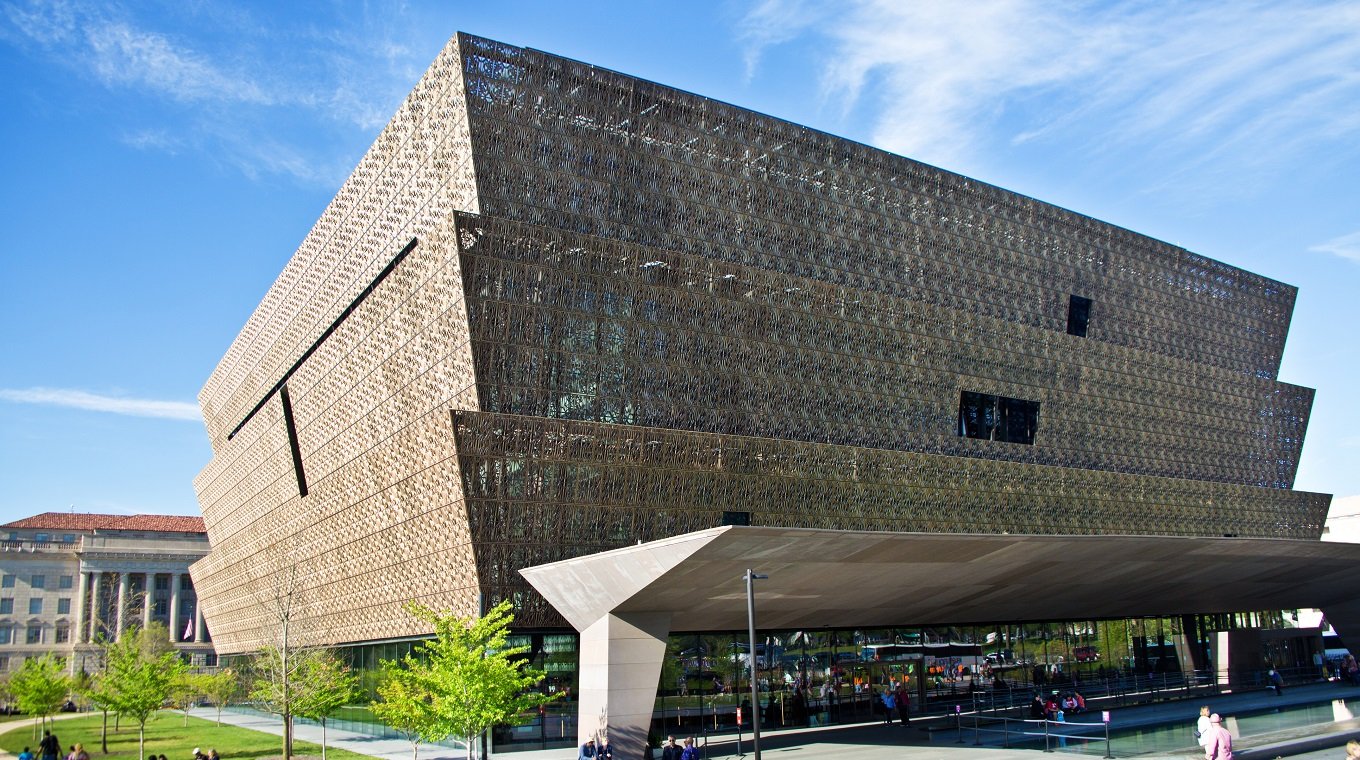
Located in Washington, DC, the National Museum of African American History and Culture is the largest institution in the country dedicated to educating the public on black history. Opened in 2016, the NMAAHC has collected more than 36,000 artifacts that chronicle the resilience, ingenuity, and creativity of black Americans. With free admission, this is the perfect place for families and individuals to visit and commemorate Black History Month while exposing themselves to unique cultural expression.
Beale Street Historic District
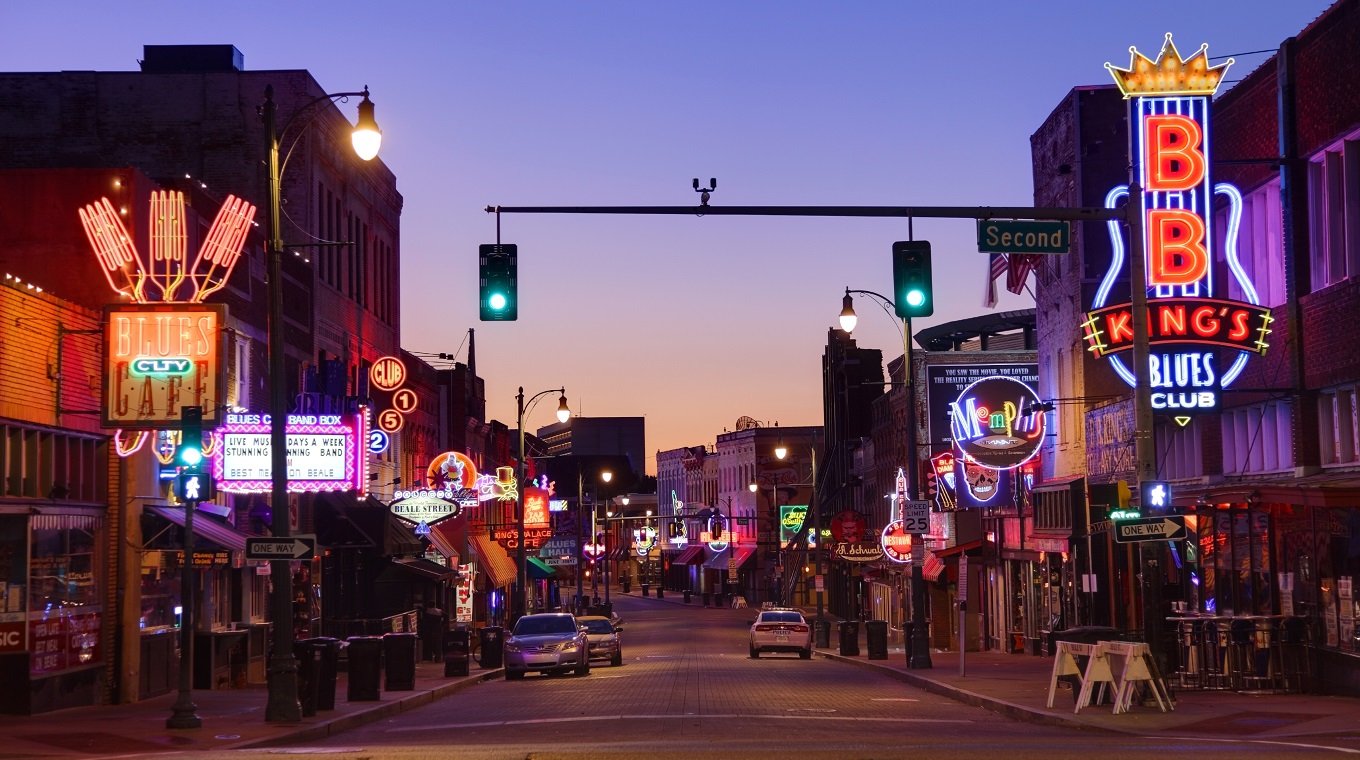
Officially declared the “Home of Blues” by Congress in 1977, Beale Street in Memphis, Tennessee, has been frequented by unmatched musicians throughout history, including the great B.B. King, who was locally known as “Beale Street Blues Boy.” Co-founder of the NAACP, Ida B. Wells, also founded the publication Free Speech, headquartered in the Beale Street Baptist Church, a building constructed by formerly enslaved people. Though the area has been redeveloped over time, Beale Street is still a lively neighborhood where locals and visitors alike can celebrate Black History Month.
Little Rock Central High School
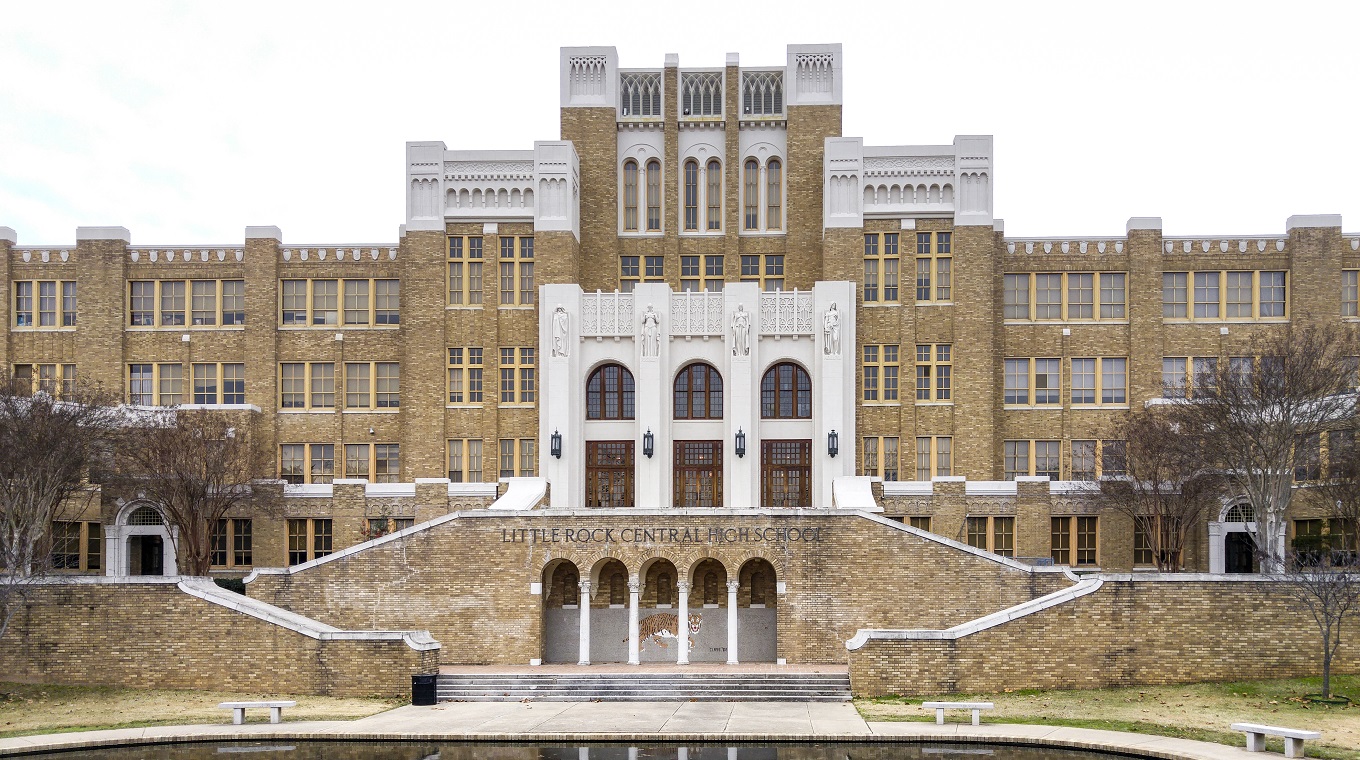
Years after the landmark Brown v. Board of Education case ruled in 1954 that segregated schools were unconstitutional, several brave teens, known as the Little Rock Nine, enrolled at the previously all-white Little Rock Central High School. The building, known as one of the most beautiful high schools in the country, was initially blockaded by the Arkansas National Guard to prevent the nine African American students from entering, but President Dwight Eisenhower soon ordered them to protect the students instead. Today, the school is considered a National Historic Site for the part it played in desegregation, with guided tours available with a reservation.
National Civil Rights Museum at the Lorraine Motel
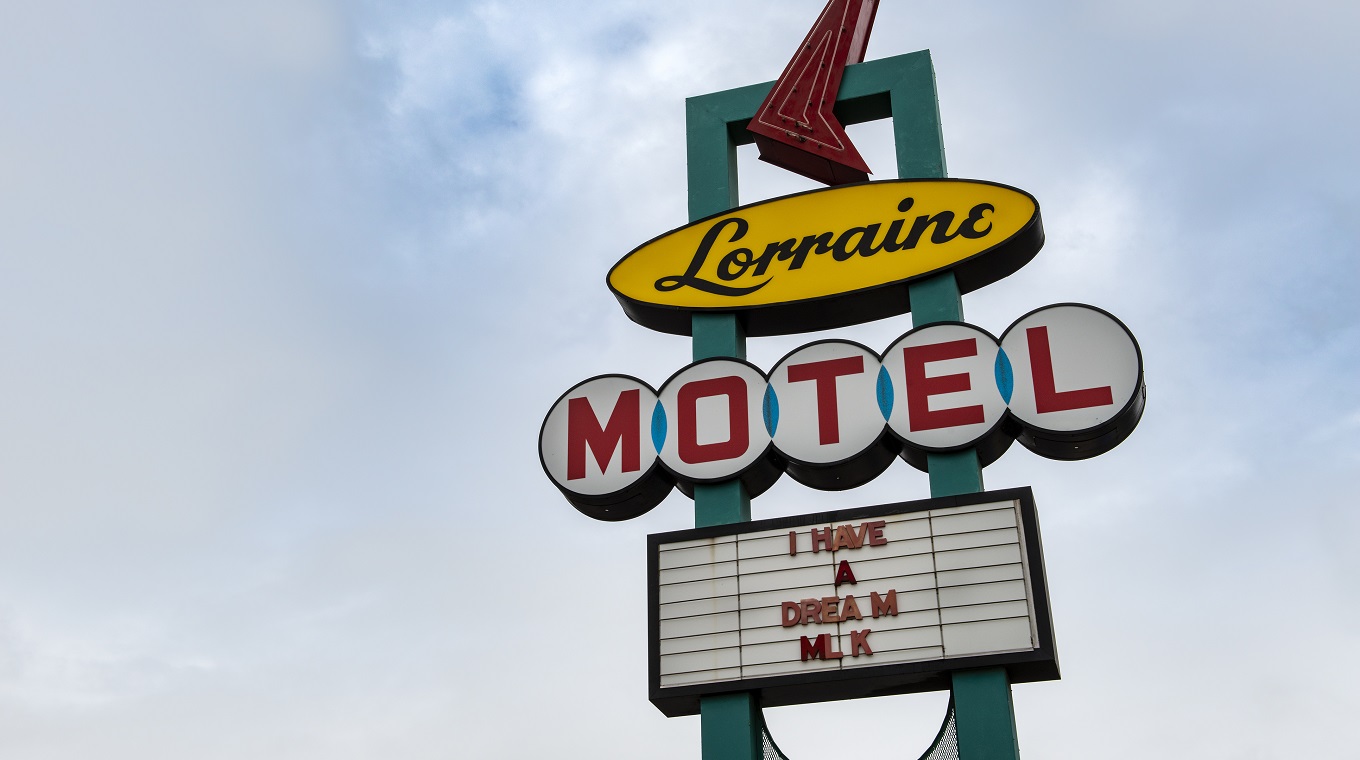
Though the Lorraine Motel in Memphis, Tennessee, is infamously known as the assassination place of Martin Luther King Jr., today it has been transformed into the National Civil Rights Museum, an educational sanctuary well worth visiting during Black History Month. The museum complex is comprised of the Lorraine Building, chronologically walking visitors through black history with multimedia exhibits and hundreds of artifacts. Across the street, the Legacy Building focuses on the 1968 assassination of Dr. King and how his message lives on, continuing to influence human rights efforts on a global scale to this day.
Africatown

Last year, the discovery of the long-lost slave ship Clotilda in Alabama's Mobile River resurrected the memory of Africatown. Believed to have landed somewhere between 1859 and 1860, the schooner illegally carried 110 enslaved people from West Africa to the Americas. Some of the enslaved Africans onboard eventually became free and created the small community of Africatown a few miles from downtown Mobile. After economic decline, Africatown was almost forgotten and left behind, but residents are hopeful for a resurgence of interested visitors, especially this year, during the first Black History Month since the ship was discovered.
DuSable Museum of African American History
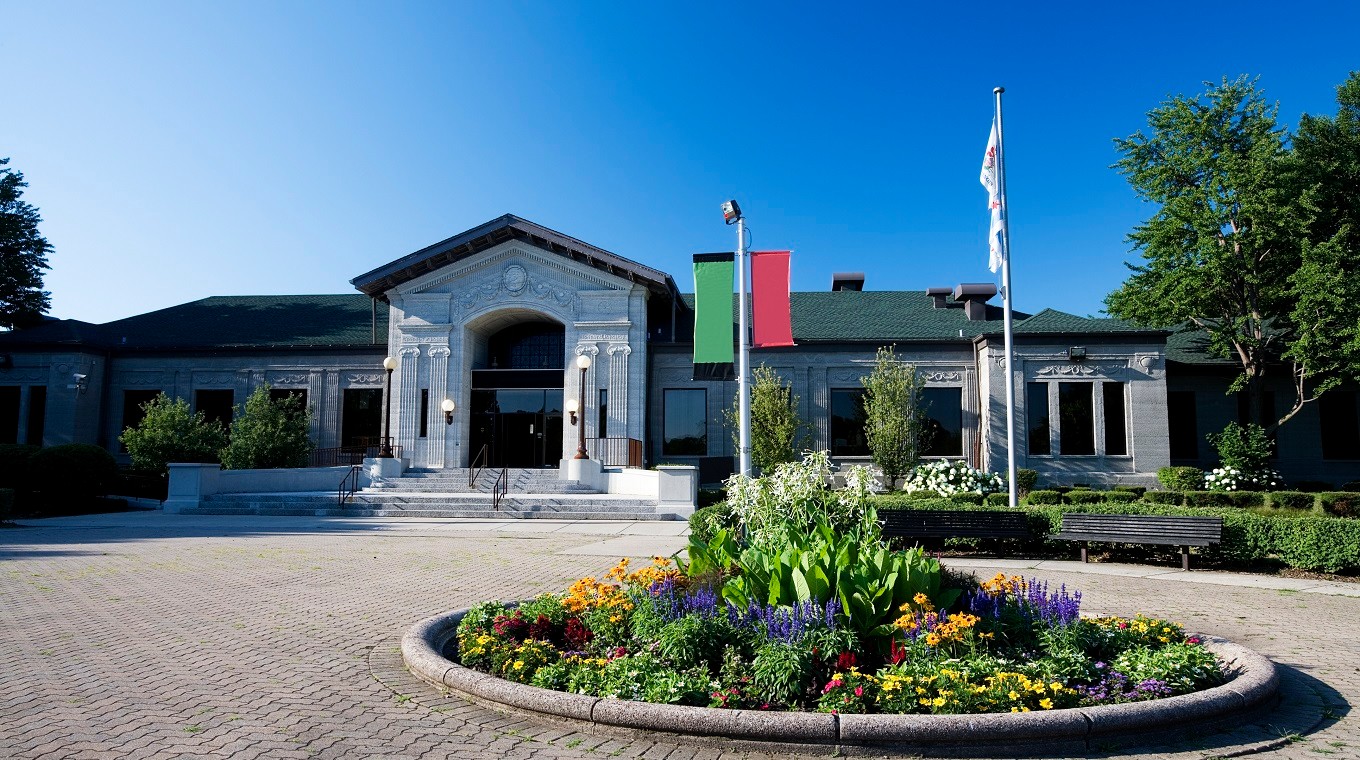
Tucked in the historic Hyde Park in Chicago, Illinois, the DuSable Museum of African American History combines incredible information and art. Named after Jean Baptiste Point DuSable, a black man known as the first non-indigenous resident of Chicago, the museum aims to promote the history of black Americans while displaying art pieces of great cultural significance. DMAAH is known for highlighting lesser-known stories in black history, making it an excellent place to be during Black History Month.
The Oaks at Tuskegee University
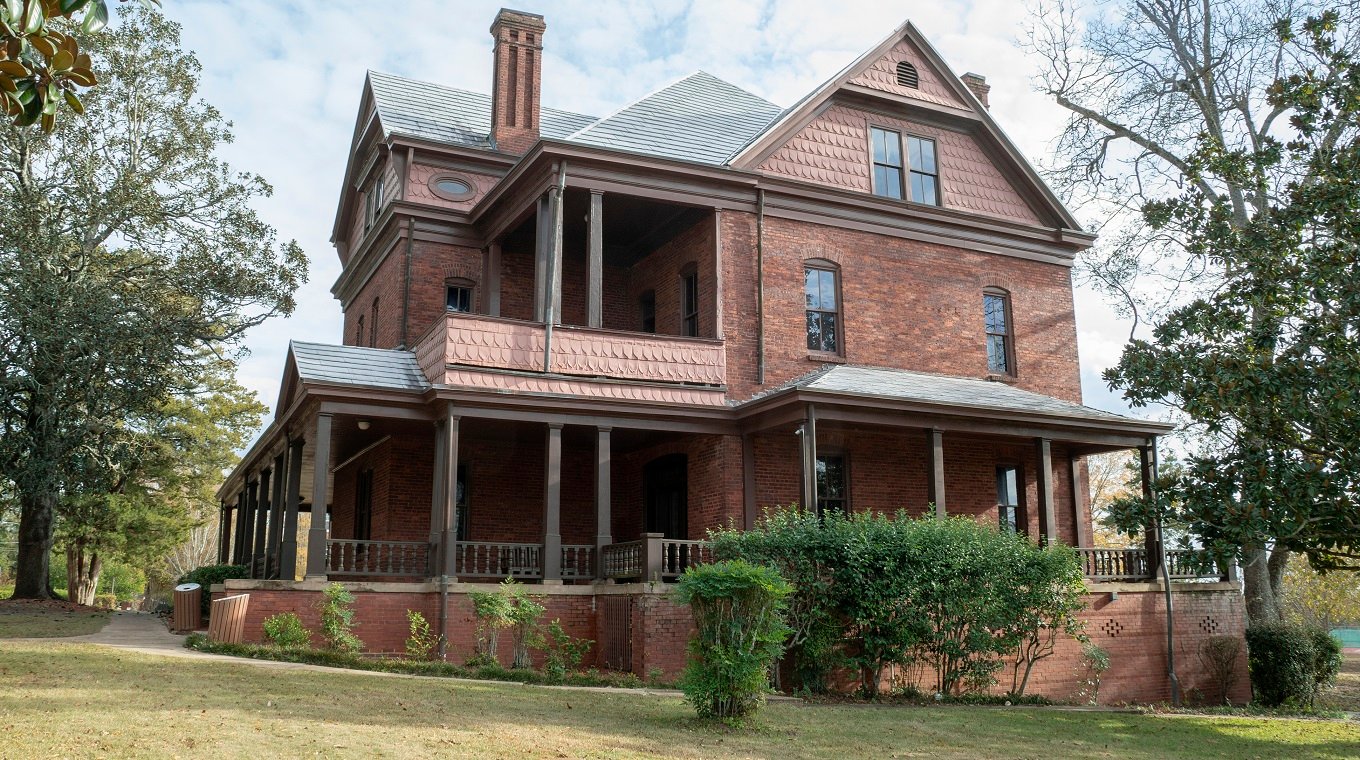
Born into slavery in 1856, Booker T. Washington eventually grew up to be a presidential adviser, respected author, and founder of Tuskegee Normal and Industrial Institute (today known as Tuskegee University). His former home, The Oaks, is nicely nestled on the grounds of Tuskegee University, and offers guided tours of Washington’s former quarters. The George Washington Carver Museum is also located on campus, highlighting the many creations developed by the African American inventor and cementing the university as a valuable piece of history.
The Rosa Parks Museum
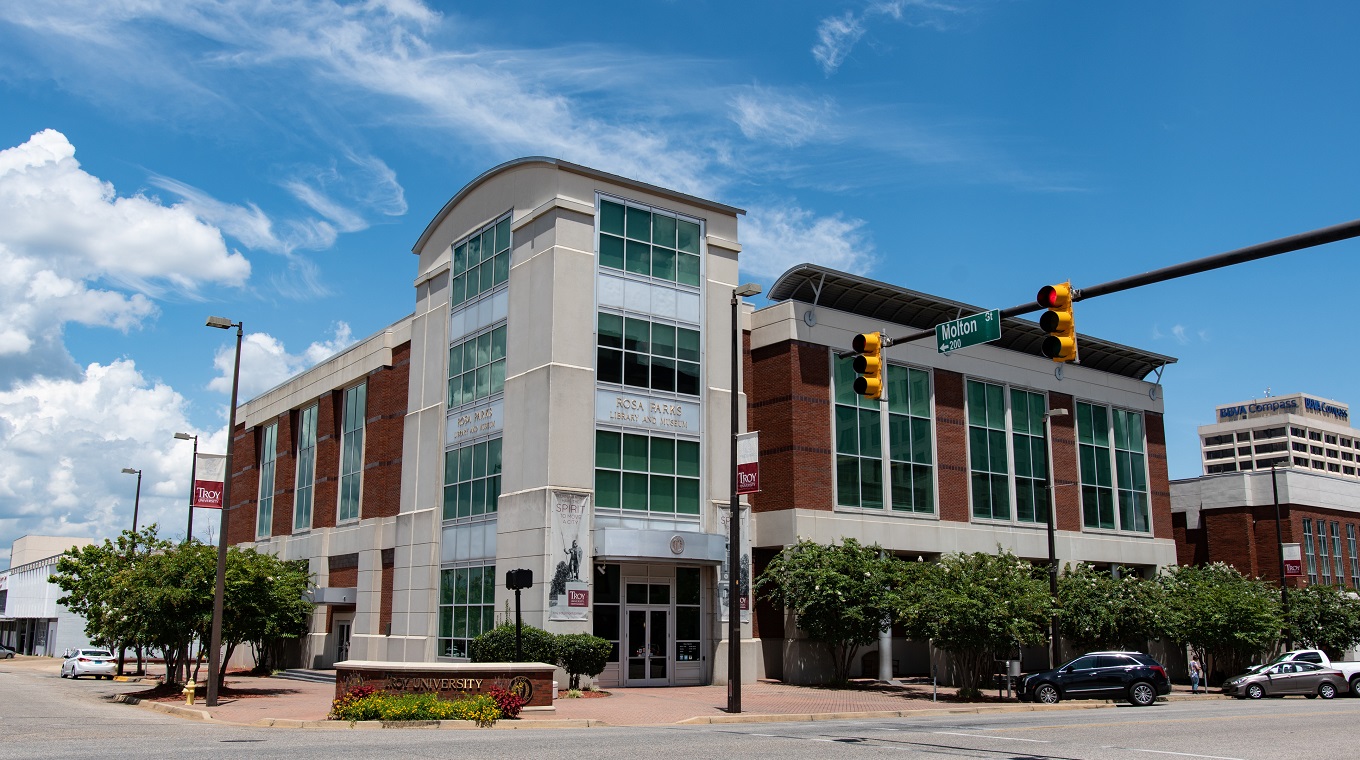
When Rosa Parks refused to relinquish her seat to a white passenger in 1955, it prompted the beginning of the Montgomery Bus Boycott, where black residents, who made up a majority of citywide bus riders, avoided using public transportation for over a year. The Rosa Parks Museum in Montgomery, Alabama, observes how this pivotal act of defiance set the stage for further nonviolent protests, honoring the “mother of the civil rights movement” for her contribution to the advancement of black Americans.
International Civil Rights Center
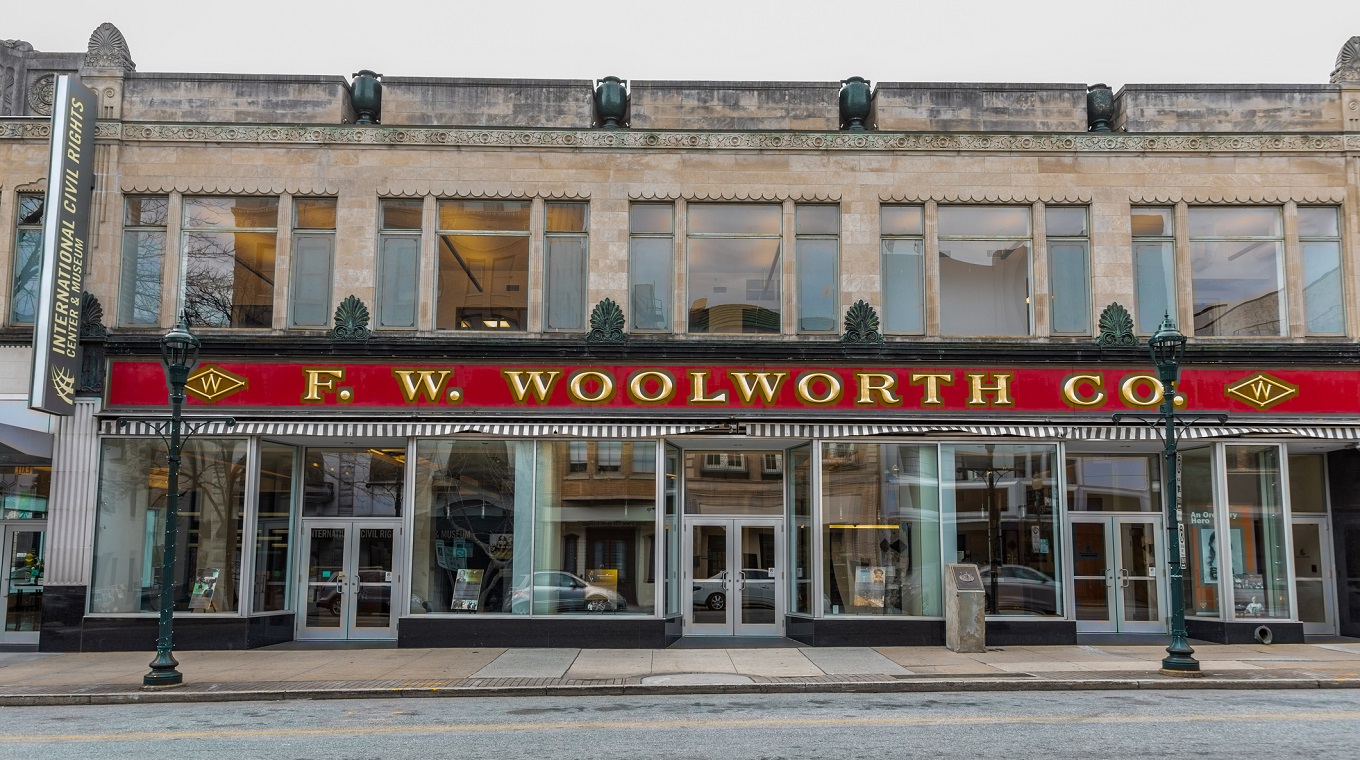
Initiated by four students from North Carolina Agricultural and Technical State University, the "Greensboro Sit-Ins" were launched by the A&T Four when they silently sat in protest on a daily basis to fight the injustices of segregation at F.W. Woolworth (now the International Civil Rights Center) in Greensboro, North Carolina. Eventually, they recruited more than 1,000 students to join them, forcing F.W. Woolworth to change its policy on segregation, and contributing to the Civil Rights Act of 1964, which outlaws discriminatory practices. Today, the International Civil Rights Center teaches visitors about the times and events surrounding the sit-ins of these courageous students.
Black Wall Street
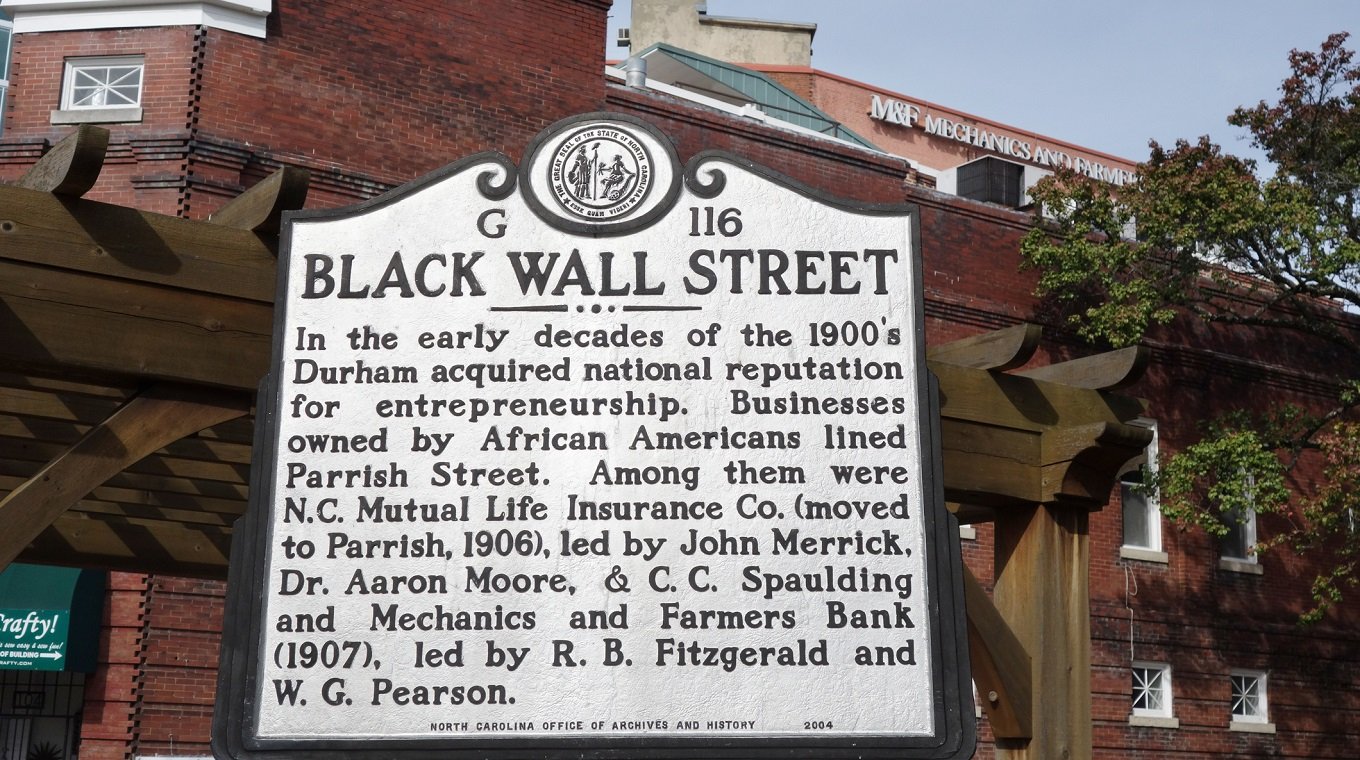
During the reconstruction period after the Civil War, Black Americans were forced to become economically self-sustaining, since they were still banned from working alongside white people in most industries. Black Wall Street became a term that described districts throughout the US where businesses had black owners and employed other African Americans. In Durham, North Carolina, entrepreneurs John Merrick and Charles Spaulding jump-started what would turn into a central hub for black businesses in town. Celebrate Black History Month this year by showing patronage at a locally owned black business, supporting a culture of entrepreneurship that was once limited by unjust discrimination.




